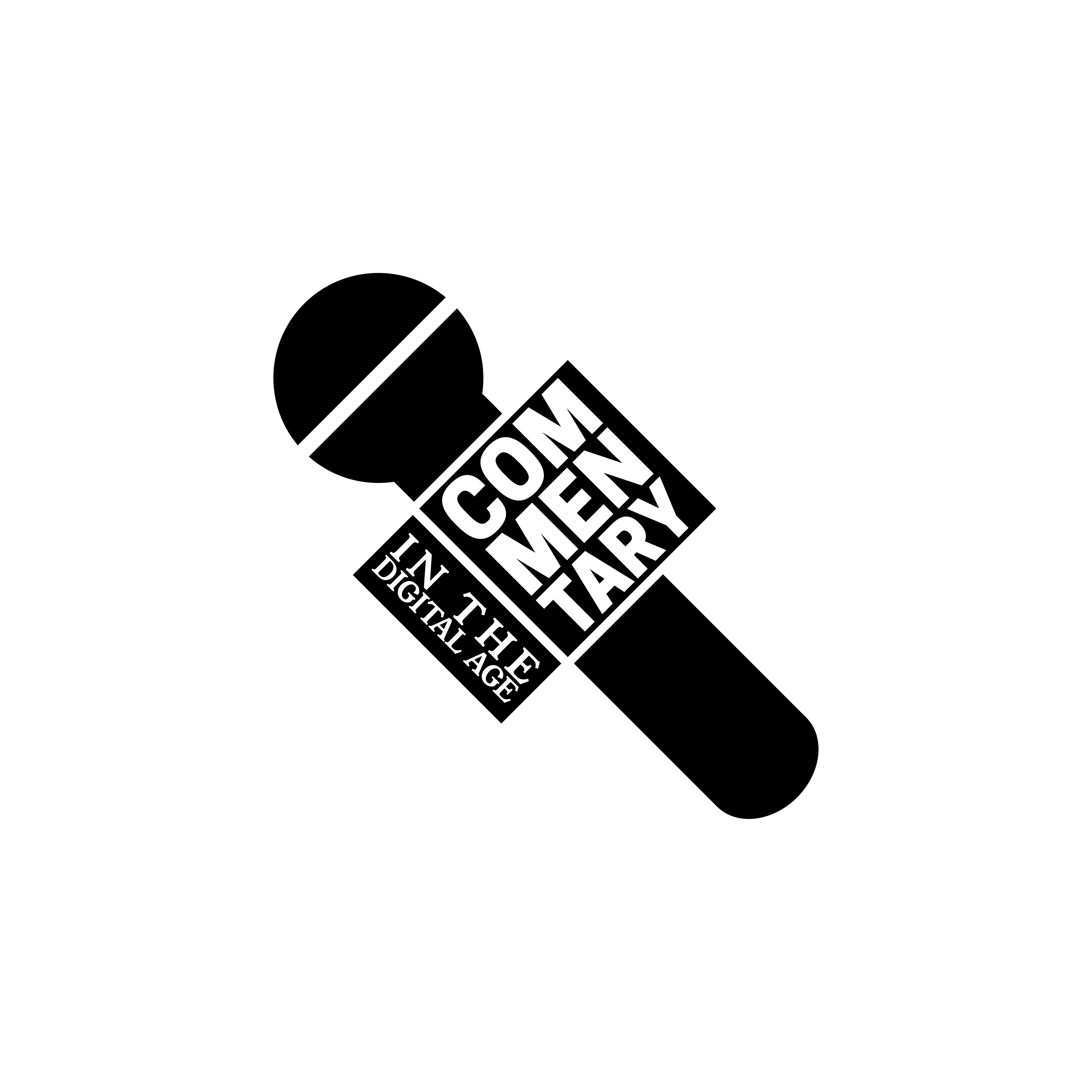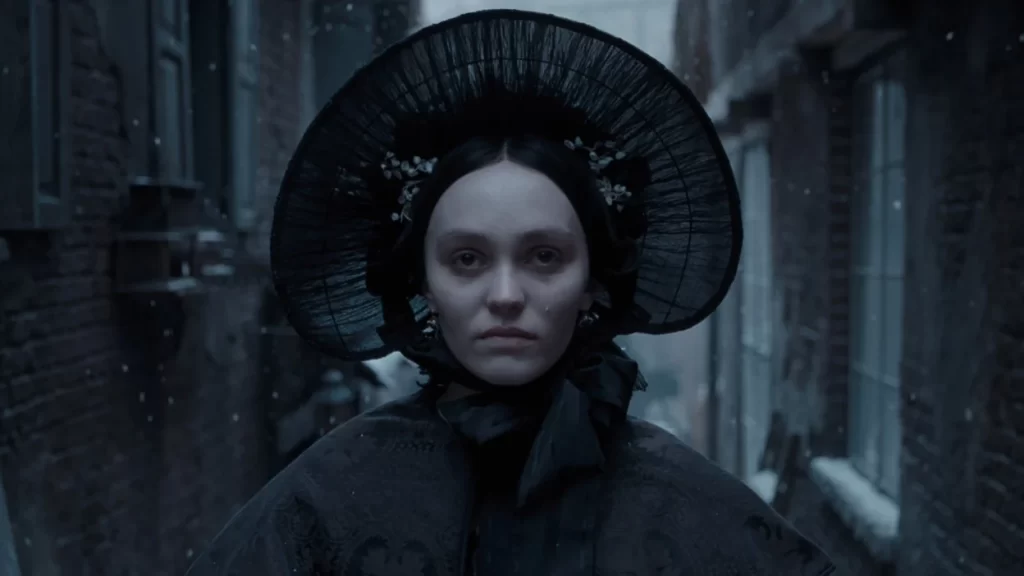PHOENIX — ‘Kudos’ were more than earned by director Robert Eggers for his 2024 adaptation of the classic horror film “Nosferatu,” but the 2015 Sundance Film Festival award winner also made some unique artistic choices for the film that left much to be desired.
Tackling a reboot of a classic film like “Nosferatu: A Symphony of Horror” (1922) presents a plethora of challenges for the director, some that Eggers triumphantly surpassed, and others that the 41-year-old filmmaker appeared to have just missed the mark. The remake of the unauthorized adaptation of Bram Stoker’s legendary novel “Dracula” (1897) was a clash of both spectacular and substandard cinematography.
Vision & Style
Eggers has certainly made a name for himself in the world of horror films, and his traditional style of presenting his stories with a dark atmosphere and elements of psychological terror was more than appropriate for this film. His use of lighting and shadows contributed heavily to the eerie sense of discomfort that the movie cultivated in its viewers, and it was a tremendous asset to the film’s overall appearance.
However, the use of the double dolly shot, made famous by director Spike Lee, seemed more than a bit out of place in certain instances. At one point, the movie’s main character, Thomas Hutter (Nicholas Hoult) appears to float into a carriage that swiftly escorts him towards the castle in which he’ll meet the main antagonist, Count Orlok (Bill Skarsgard). These scenes seemed more like an interjection into the film’s authenticity rather than a creative enhancement to the film’s psychological depth.
Performances
Two actors stood above the rest in this film, and they rightly deserve praise for their representation of their characters. The first of which was of course Ellen Hutter (Lily-Rose Depp) who presented herself as a seemingly all-knowing, yet cripplingly fearful, young woman who had been haunted by the spirit of the nosferatu (vampire) after establishing a psychological connection with him in her youth by calling out to the darkness in search of a companion. Depp fully embodied the repressed longing of a woman in 1838 Germany who sought something more than the normal life that was available to women in this time period.
Then, of course, there was the unconventionally strange character of Prof. Albin Eberhart von Franz (Willem Dafoe). Dafoe, whose character was portrayed as having an understanding of the supernatural that was far superior than that of his associates, assumed the role of the disgraced
academic with a near-poetic display of haunted wisdom and eerie sophistication. His performance was a staple in the success of the film’s attempt to represent the unhinged obsessions of a character modeled after Bram Stoker’s Prof. Abraham Van Helsing.
A Curious Choice
Throughout the course of the movie, various characters that had interacted with the famed vampire would succumb to his power in what appeared to be unnecessarily sexual in nature. These scenes ultimately made me wonder if there were sexual connotations underscored in the original “Dracula” novel that I must have missed in my first read-through. While I’m sure there was some artistic element to these interactions that I must have missed, the scenes seemed somewhat distracting, and I couldn’t help but jokingly ask my wife “Why is the vampire so… freaky?”
Overall Takeaway and Rating
To say that the film was unique is more than an understatement, and as I mentioned at the beginning of this article, Eggers did a tremendous job at blending visual techniques with authentic storytelling. My score for the film would be a solid 8/10, only slightly higher than the film’s current IMDb Rating of 7.3/10.
All-in-all, Nosferatu (2024) may have had some stylistic choices that missed their mark, but the movie itself made a lasting impression of its own — one that lingers like a shadow at dusk.


